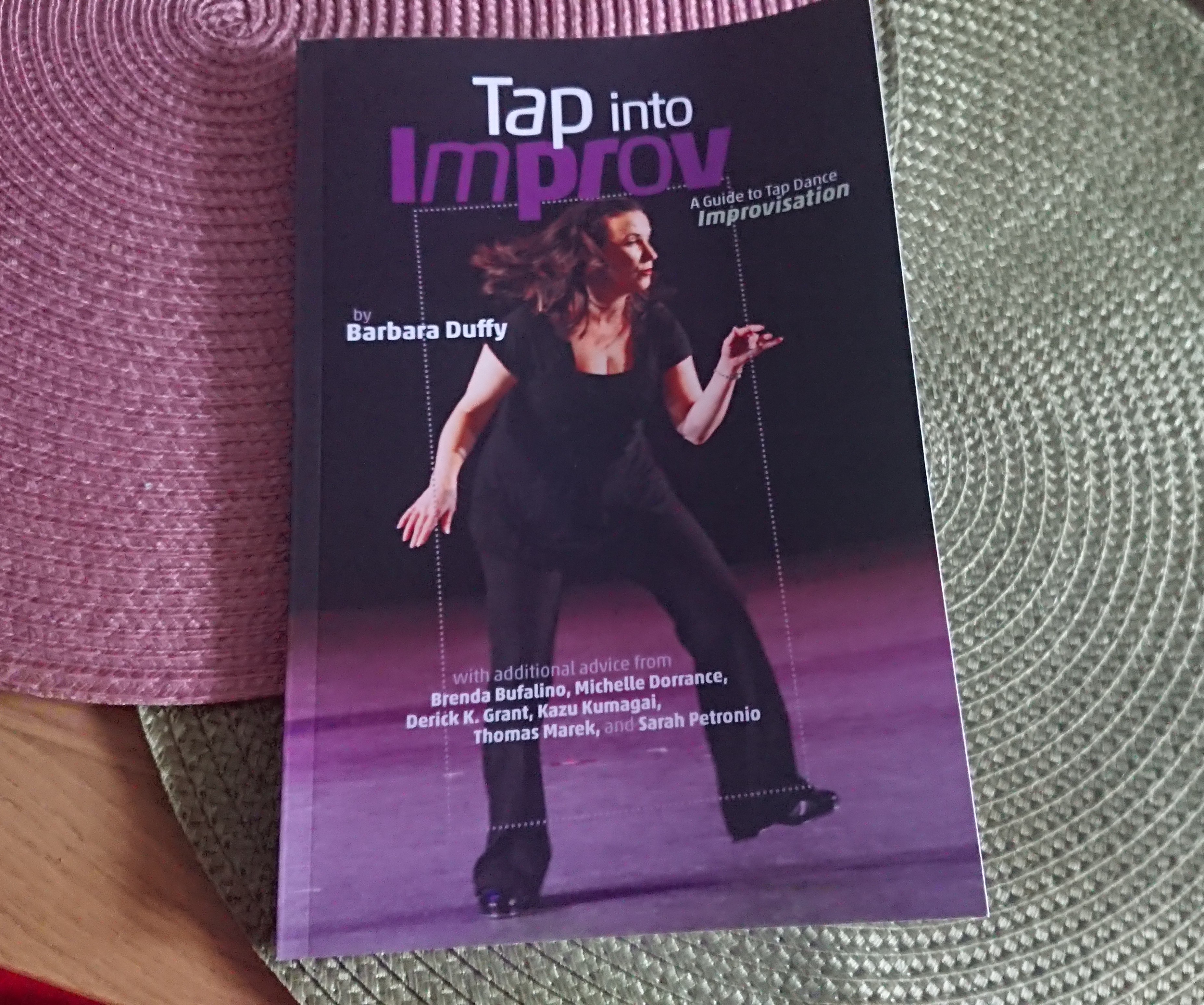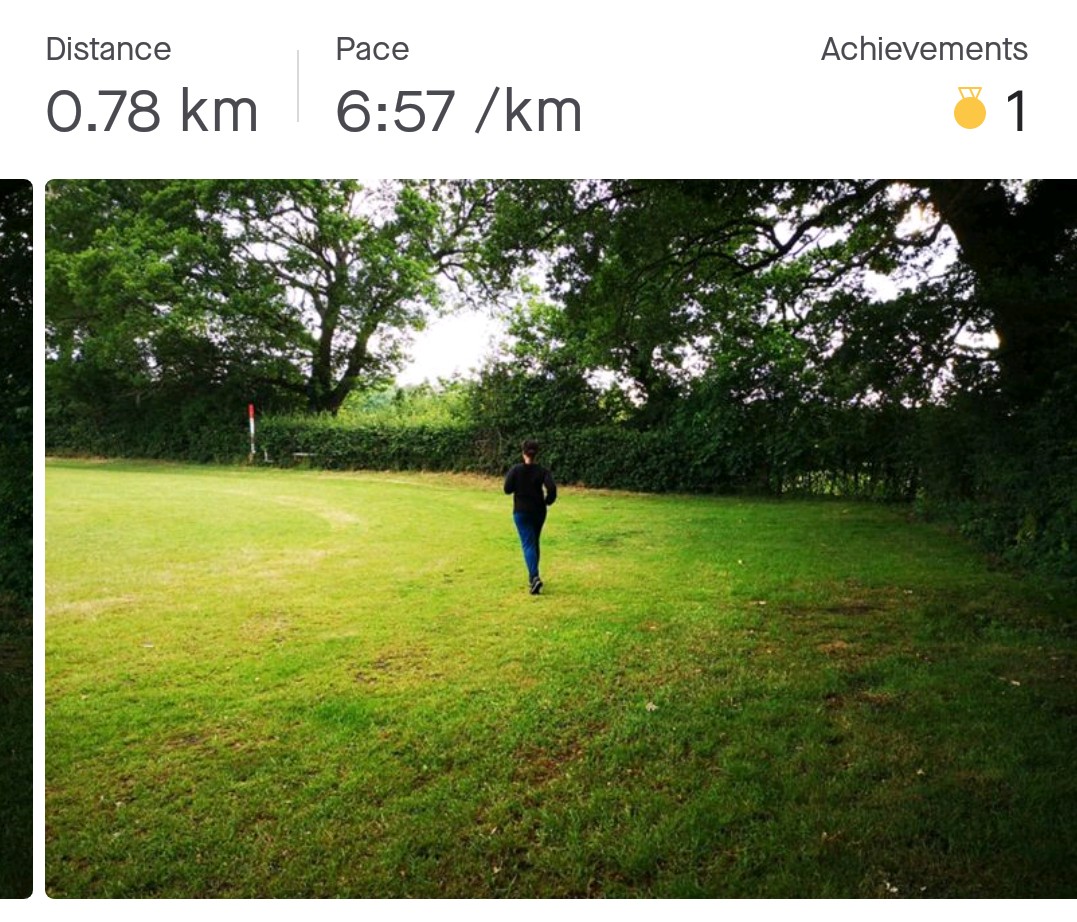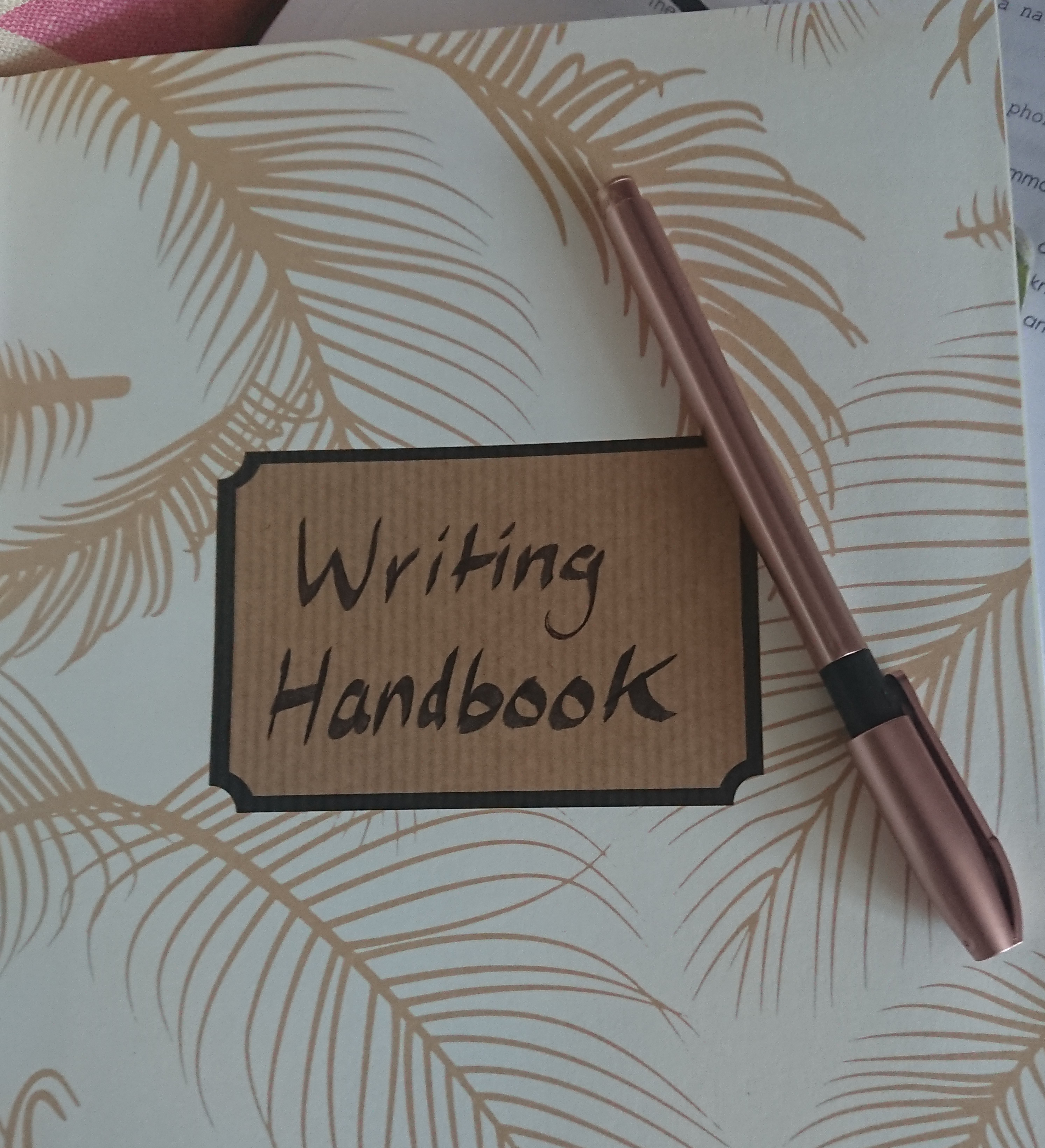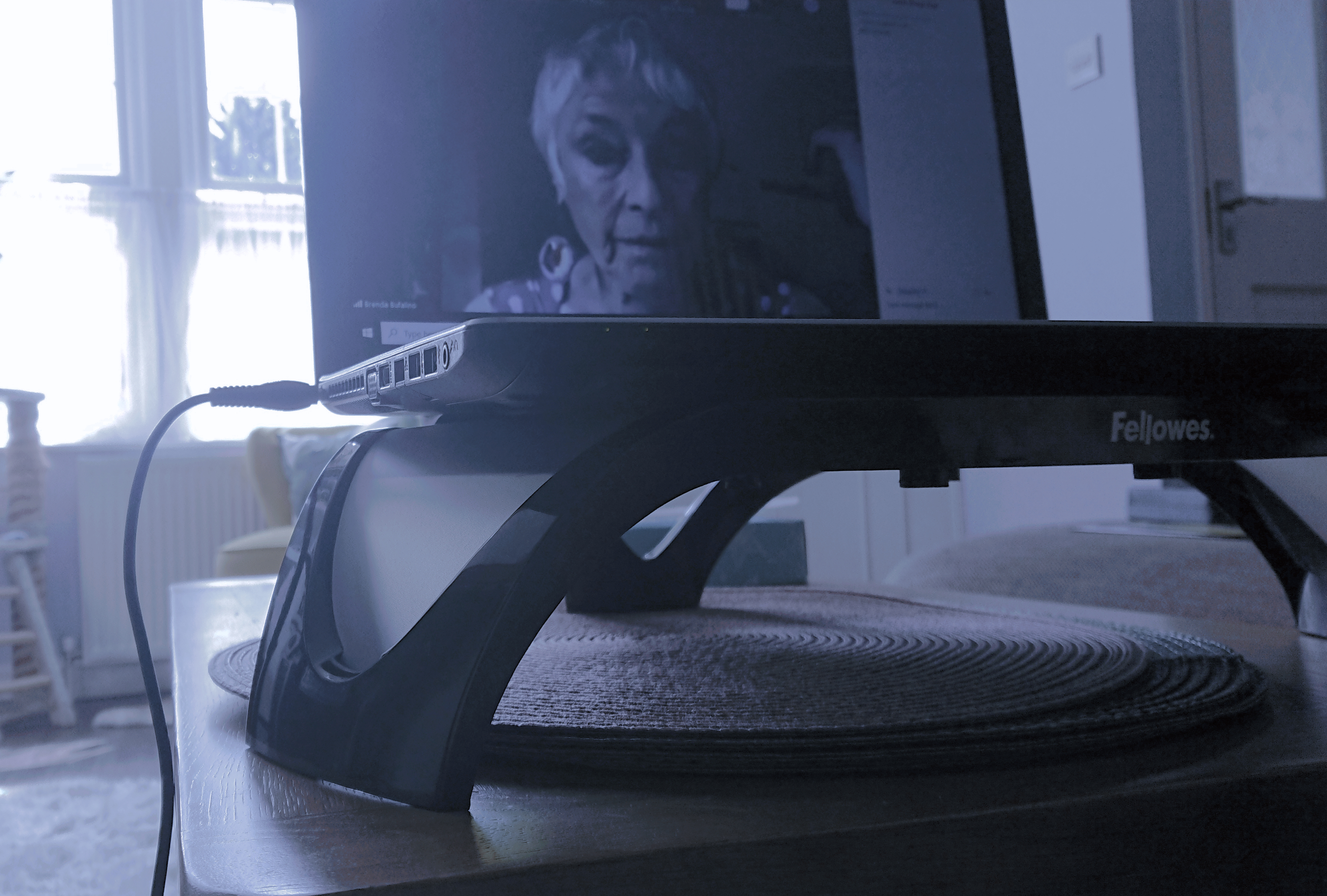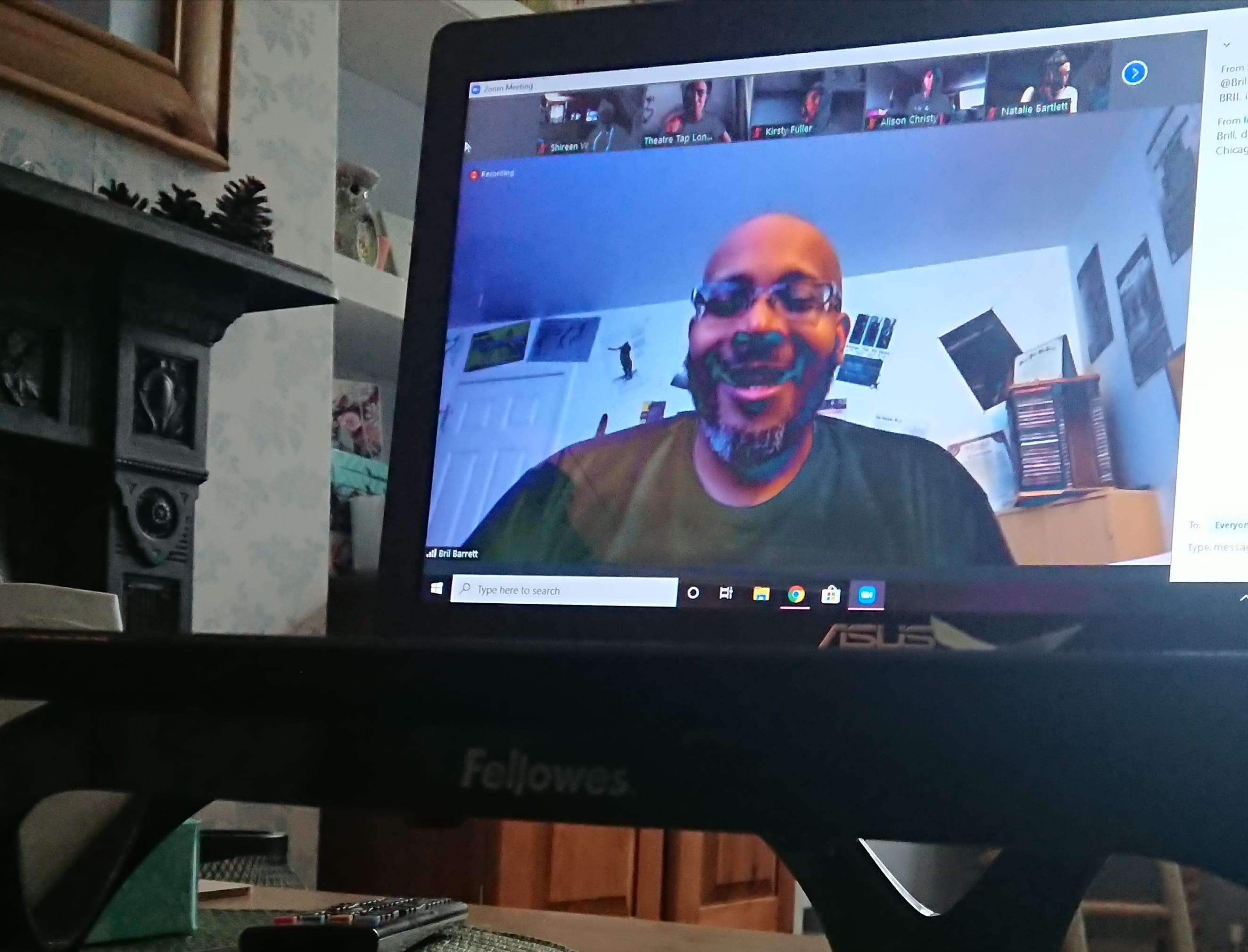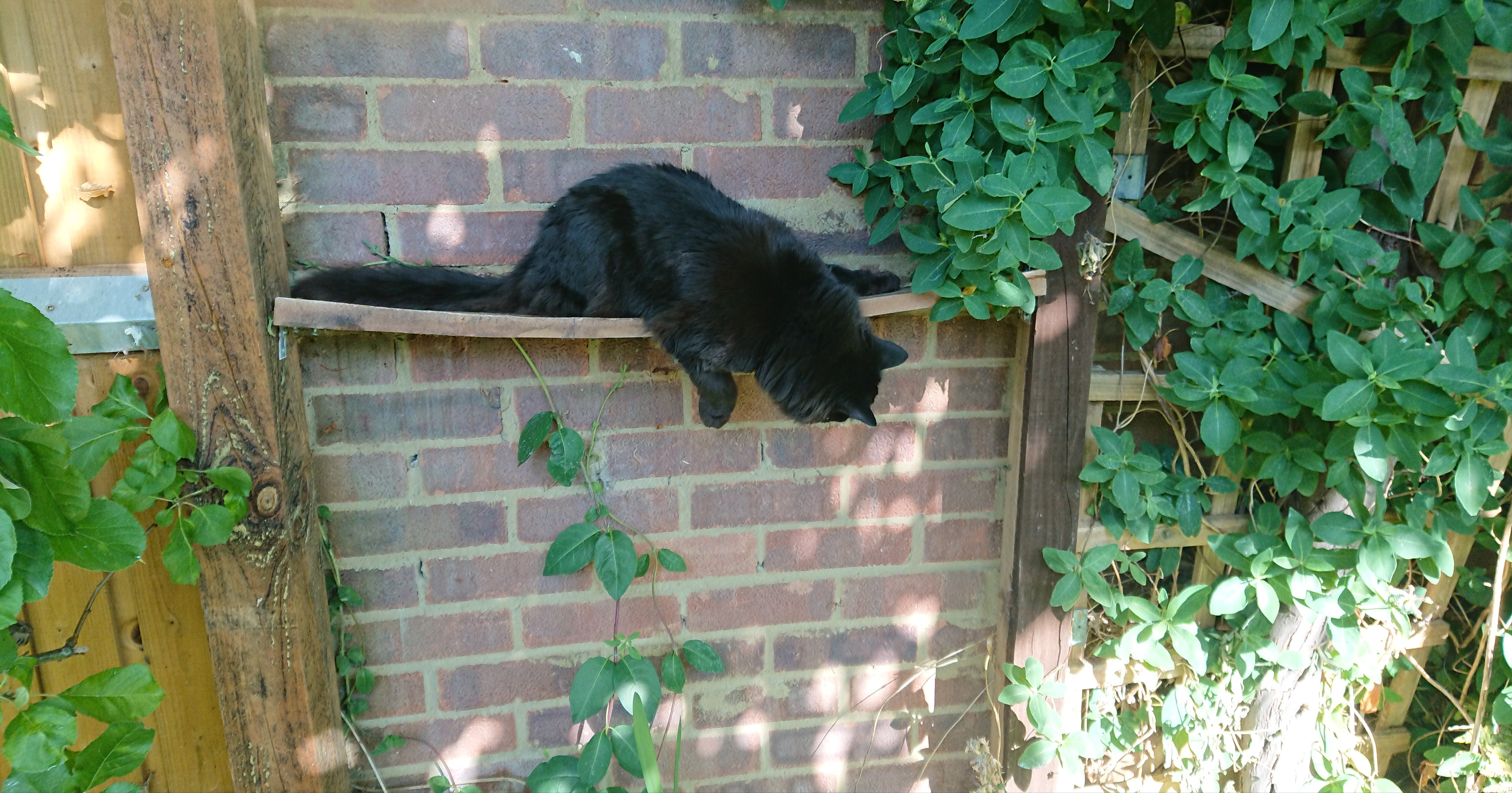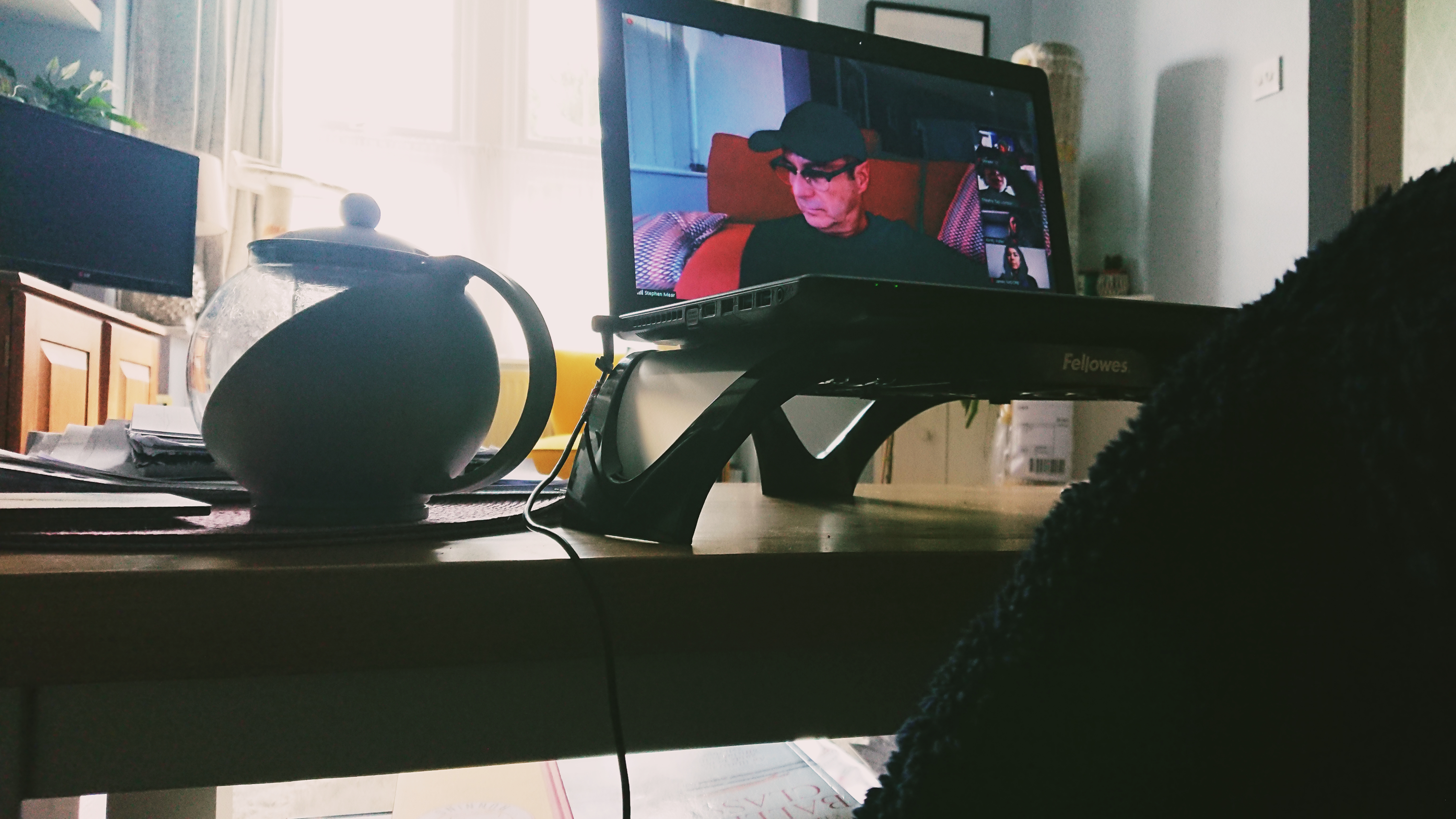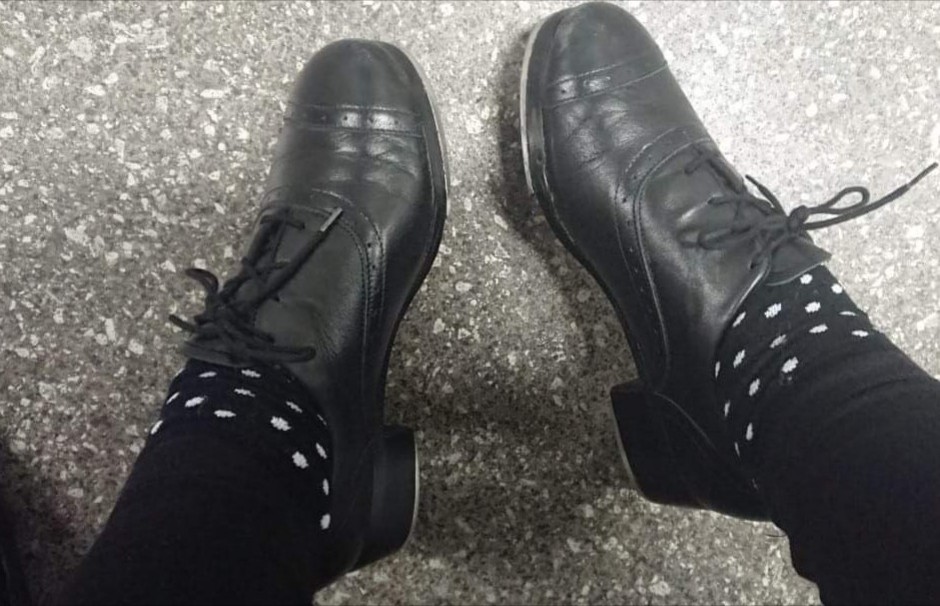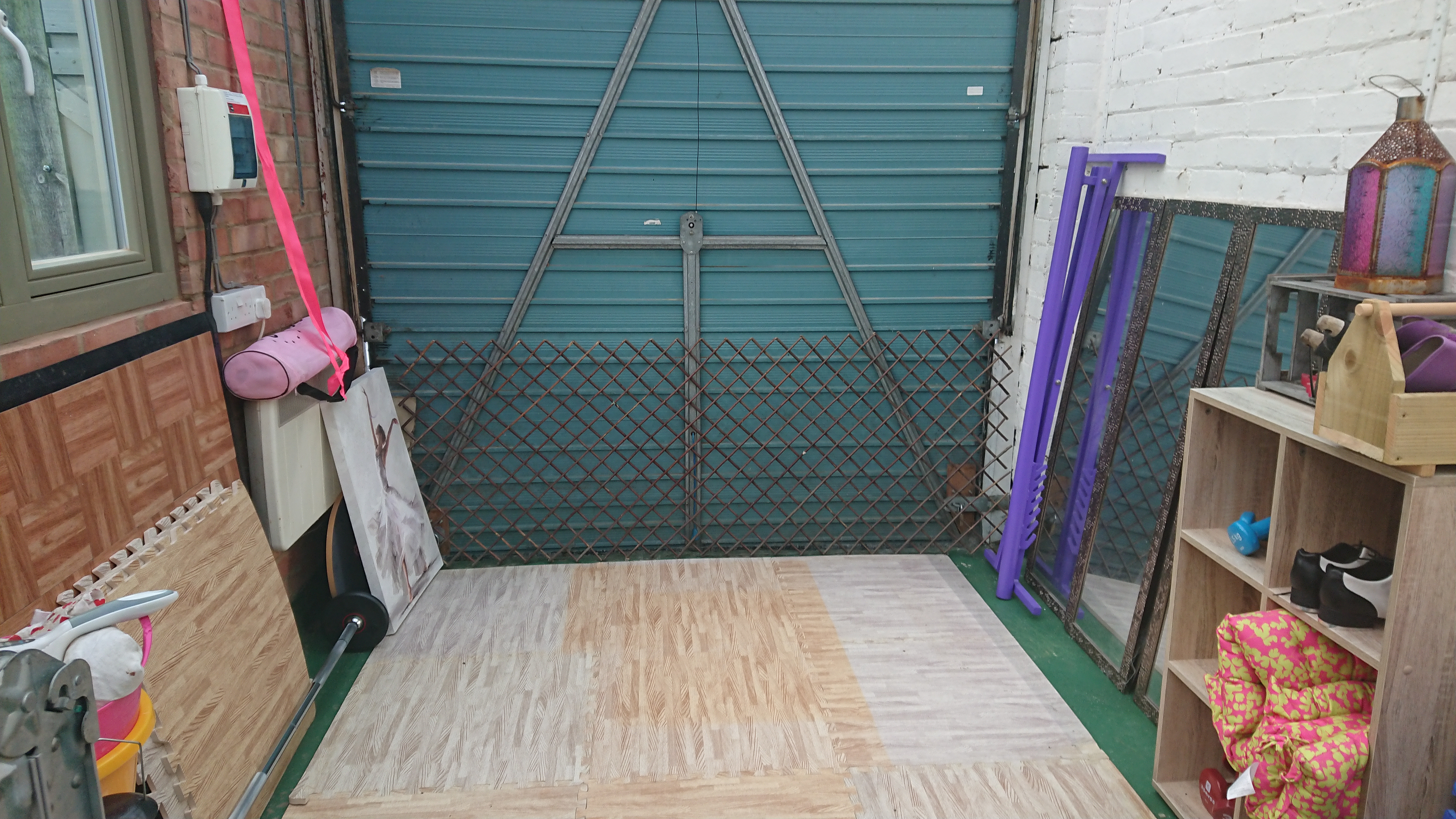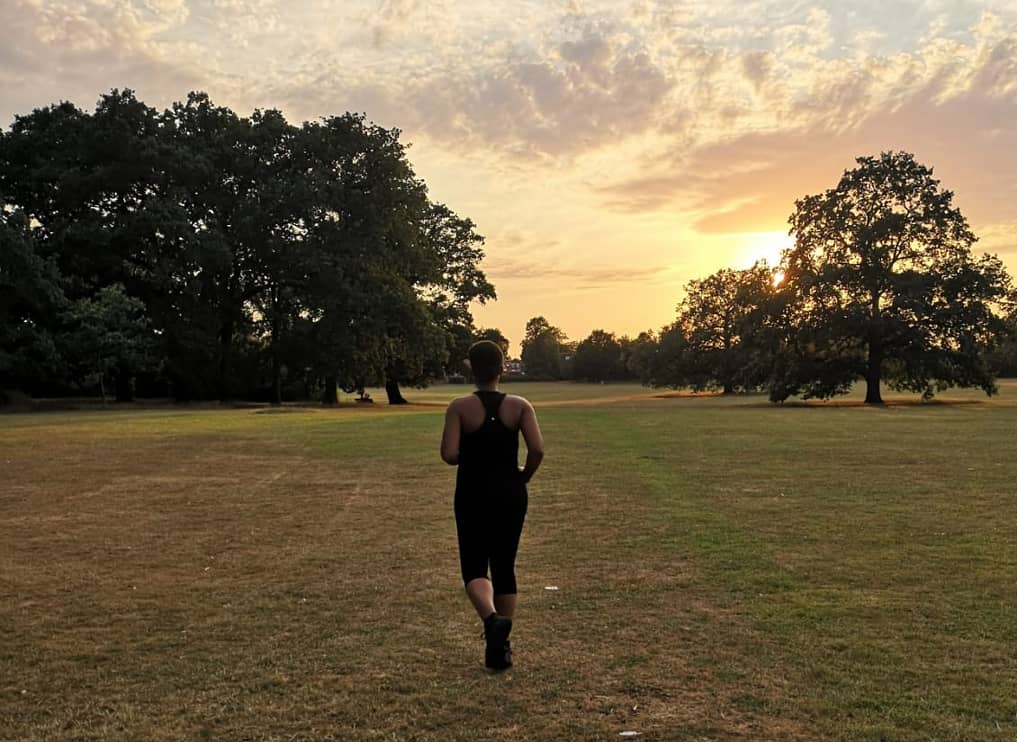
Hey, how’s it going? Well, my news is that I am back to work 2 days a week and the other 2 days I’m still on furlough until mid-September when I return to my normal working pattern and come off the furlough scheme altogether – hopefully permanently! It has been great to get back to some sort of normality even though I have been keeping myself occupied while not working.
What I’ve been doing
Of course I have been working on my soap side-biz, making products, doing social media posts, planning new recipes and packing and sending out orders, which have been fairly steady. One decision I made was to quit my HR studies. I’ve completed and passed 4 out of 6 modules, but I have been working at this thing for over 3 years, I have to pay money to extend the course 3 months at a time, it’s only foundation level and Human Resources is actually not where I want to be in 5 years’ time. (HR is also ridiculously competitive in terms of the job market, it can be difficult to move up into more strategic roles and the jobs were few and far between even before Covid-19). I think I’ll hang onto my student membership of the CIPD for the time being while I continue to work in my current job, just so I have access to the community forum, knowledge base and other benefits, but oh it feels like such a relief to get the course out of my hair!
As I’ve said in previous posts, my passions (besides tap dance!) are my soap biz and writing (plus I have an English Literature degree), so I decided to bite the bullet while on furlough and I switched to learning how to write copy, proofread and edit! I think this pandemic and lots of time at home has made many of us re-evaluate our lives, our priorities and how we spend our waking hours. I know right before the lockdown I was so sick of London and the commute and I wanted a new job after 10 years in this role…and now I feel like I have a clearer vision of what I want to do. What I really want and have always wanted is to be fully self-employed. Hopefully I can make it happen!
Keep on Running
After having done the ‘I Love the 90s’ virtual charity run in May, I’ve just completed another 5km run in stages (‘I Love the 80s!) for the Roy Castle Lung Cancer Foundation, and I’m now doing a charity run for Alzheimer’s Research UK, aiming to get to 20km by the end of August….I’m at just over 7km so far! I started off by doing Couch to 5k (walk, run, walk, run…) but I found the stop-start aspect demotivating, so I’m now just running as far as I can in each session. I’m pleased to say I’m now able to run just over 1km non-stop, especially as someone who does not enjoy running!
All that Jazz
Tap & Tea has finished, but some other interesting talks have now popped up online, which I’ve been attending. BOP Jazz have started a series called ‘Let’s Talk Jazz’, discussing jazz dance in the UK, and Tap Dance Research Network UK are running a series of panel discussions on the history of tap dance in the UK, and of course there is some cross-over with these as it’s all jazz. I joined the first one from TDRUK on Tuesday night entitled Remembering Bebop Jazz Hoofer Will Gaines. Guys, it was AMAZING and full of so many hilarious stories, and I really must tell you all about it in another post, but in short: Will Gaines (1928-2014) was an American tap dancer who worked with all the big bands, jazz musicians and singers in the US (e.g. Duke Ellington, Dizzy Gillespie, Ella Fitzgerald, Nat King Cole) and he ended up settling in the UK after a gig brought him here in 1963. Will is credited with influencing a whole new generation of tap dancers in the UK, including the creation of the fantastic London Tap Jam.


